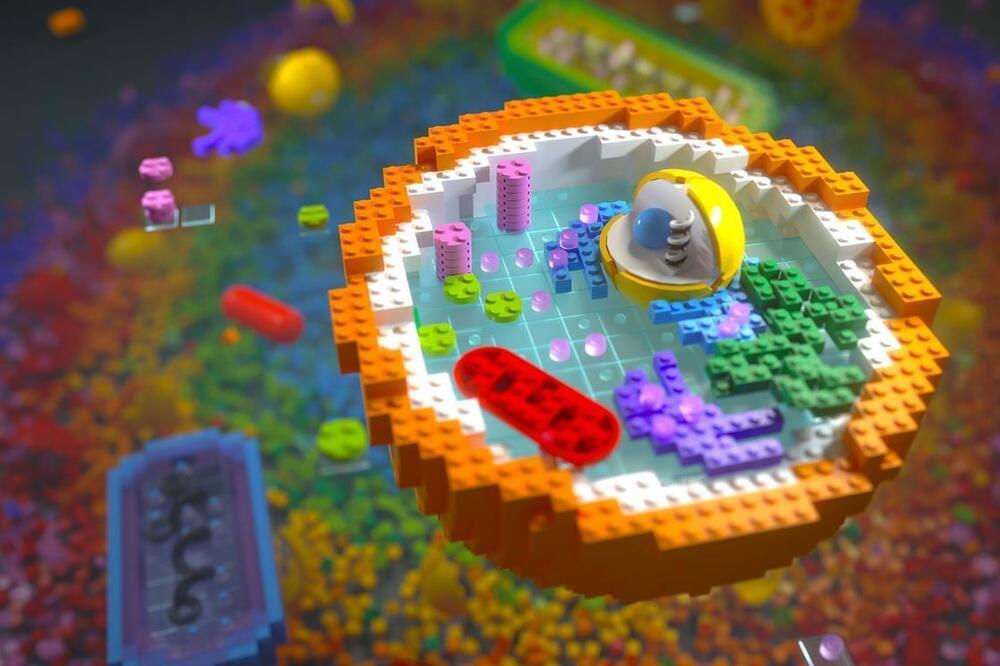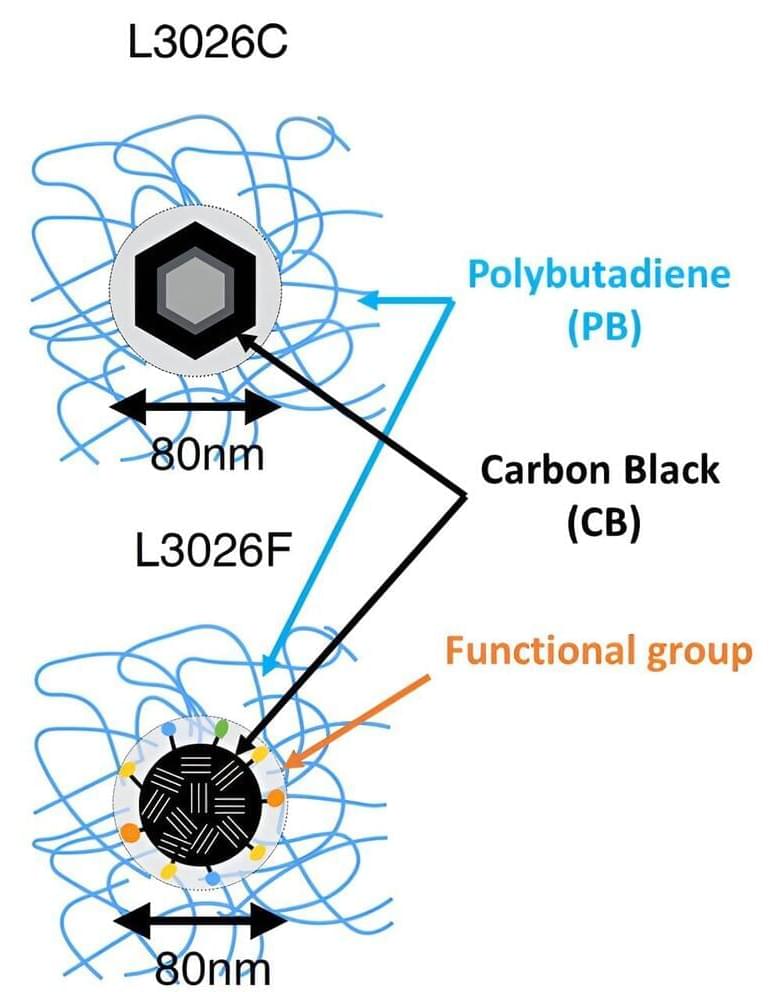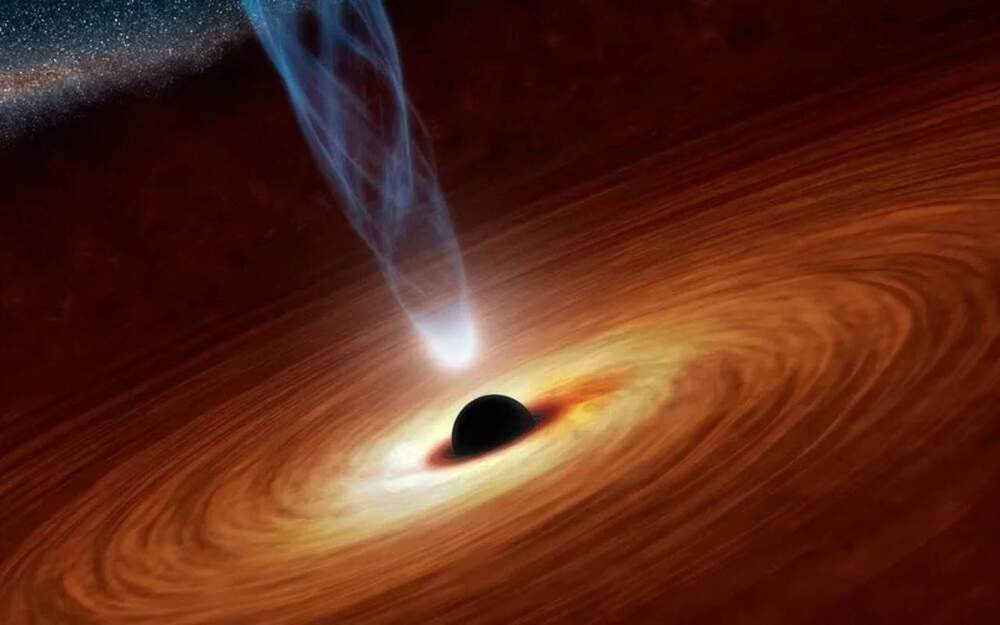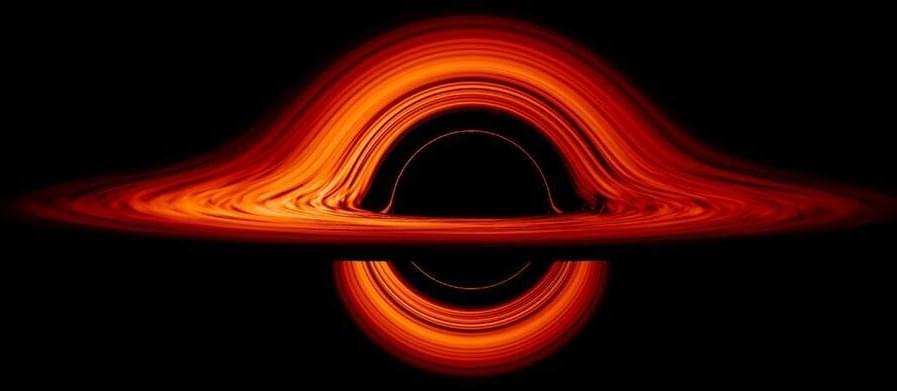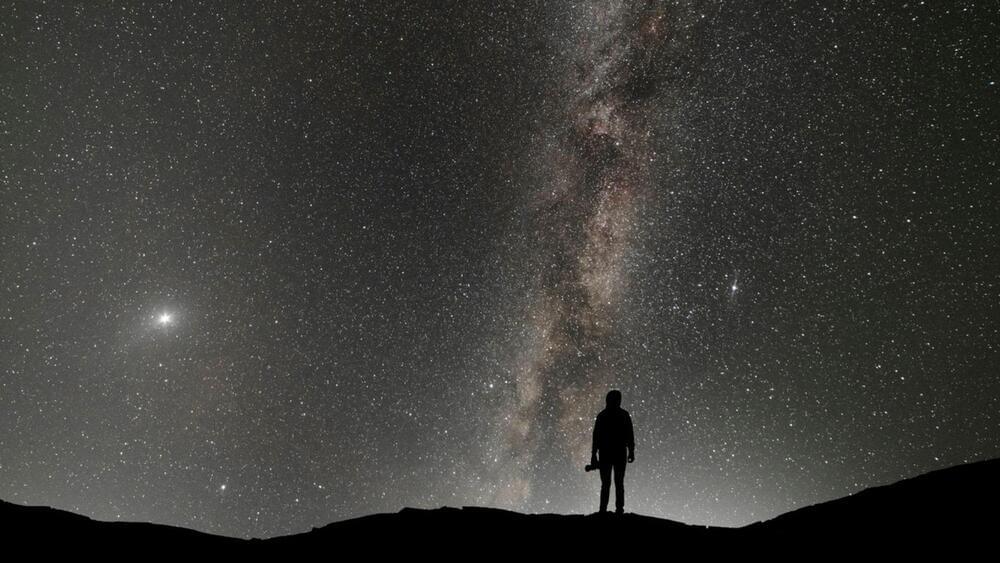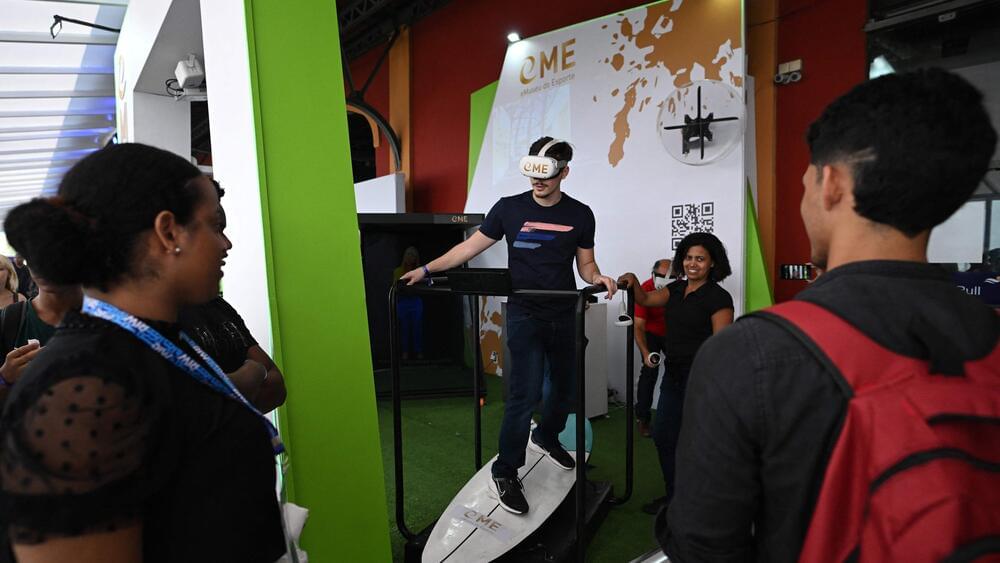When two black holes collide, the impact is so big that we can detect it all the way here on Earth. These objects are so immense that their collisions send ripples through spacetime itself. Scientists call these ripples gravitational waves.
Gravitational waves are distortions or ripples in the fabric of space and time. They were first detected in 2015 by the Advanced LIGO detectors and are produced by catastrophic events such as colliding black holes, supernovae, or merging neutron stars.

